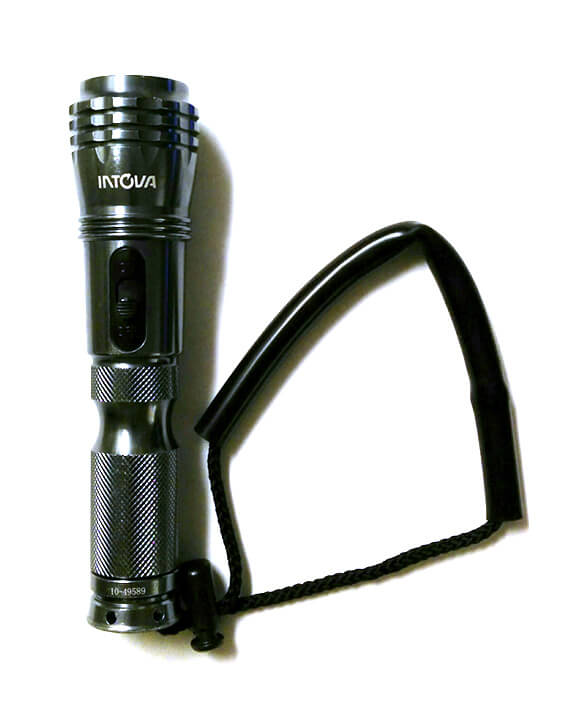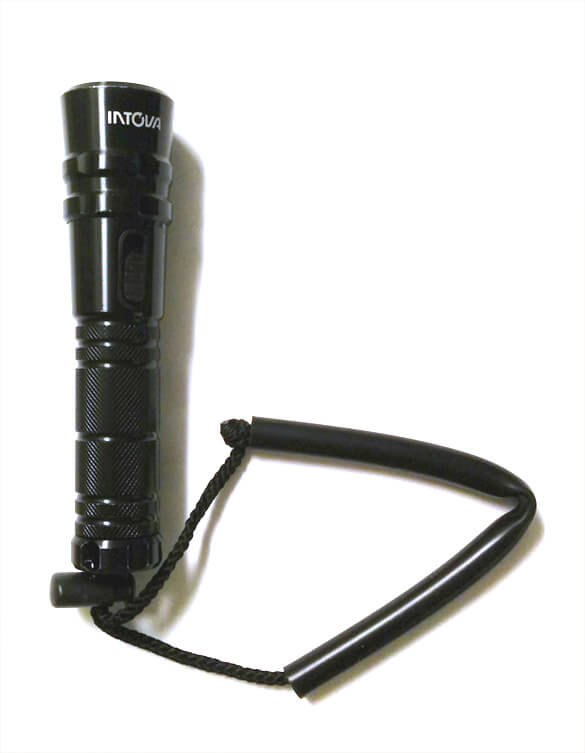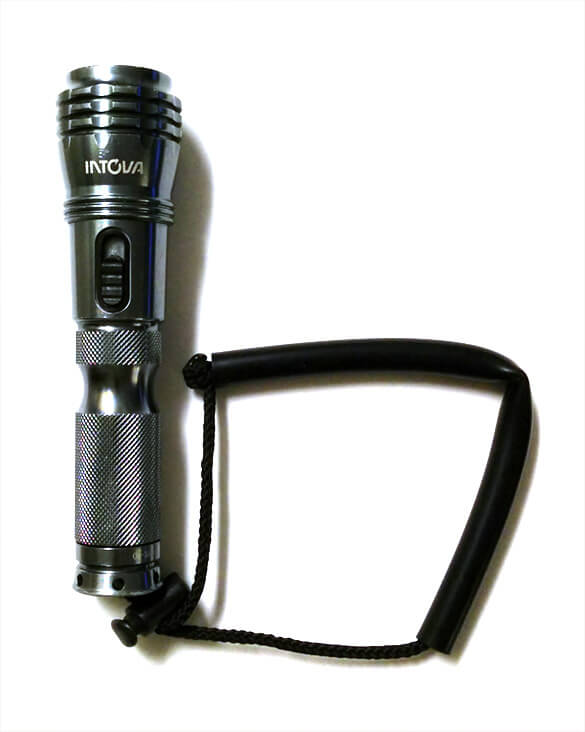Intova Dive Light Review
After some guided night dives in the Virgin islands, I decided that I wanted to have my own dive lights. When I began the search I didn't know if underwater flashlights had particular properties (other than being waterproof) that I would need to consider. It turns out, nope. They're effectively regular flashlights that can be submerged. I like it when things are simple!
 Narrow-Beam Dive Light
Narrow-Beam Dive LightWhat I quickly discovered is that dive lights can be quite expensive. I didn't discover why this was, but I suspect manufacturers were banking on people thinking that there's some special process for making something waterproof. Some more digging revealed a couple of dive lights that were reasonably priced and, at least on paper, had impressive specs.
 Wide-Angle Dive Light
Wide-Angle Dive LightBoth lights are from Intova [Update Jan 30, 2015: sadly they are no longer available], a company I had never heard of before. One of the dive lights had a narrow beam while the other was wide angle. Conceptually I know what the difference is, but I had no way of knowing what the real-world impact was or which I'd prefer on a night dive. So I bought both — at around $60 each this was no big deal.
 Narrow-Beam Dive Light (Variation)
Narrow-Beam Dive Light (Variation)I had a chance to use both lights during some diving in Bonaire. For those that can't wait, they're really good and for the price they're awesome. At 130 lumens, they were brighter than the light my guide had. The LED bulb gave off a beam that was whiter than your typical incandescent or halogen bulb.
Not convinced? I've have 2 dive masters in Bonaire and 1 in the British Virgin Islands comment on how good the lights are.
Narrow vs. Wide Beam
The main difference between the two was that I needed to be closer to the coral to see the light from the wide angle and it wasn't particularly good at illuminating fish in the distance. The wide angle was good when you were close to coral or some reef creature as it evenly and completely lit up the subject.
The narrow beam dive light was good for peering into coral crevices from a distance allowing for more scanning. It was also good for shining on swimming fish which can be fun at night when there are predator fish about using your light to catch their dinner (I “fed” a Tarpon this way). As an added bonus, I discovered that the narrow-beam light was effective even during day dives for illuminating dark areas on the reef where creatures such as shrimp like to hide.
Both lights are aluminum and felt sturdy. Aluminum is heavier, but it is more durable than plastic especially when it comes to the battery cap where the threads can wear out after repeated used. The base of the flashlights can be used as a noisemaker by banging it against your tank. Each light had a lanyard that was a little bulky, but was a good length for use underwater.



Hi what is the battery for the wide angle dive light? I misplaced mine like alan. Are the batteries the same for both?
Hello again, i think i found the model: CR 123 A
Sorry & Thank you
Hello, I have the Narrow-Beam model but I have misplaced the reference for the batteries.
I removed the batteries because I was not using the lamp...
Thank you very much.
Have a good day,
Regards.